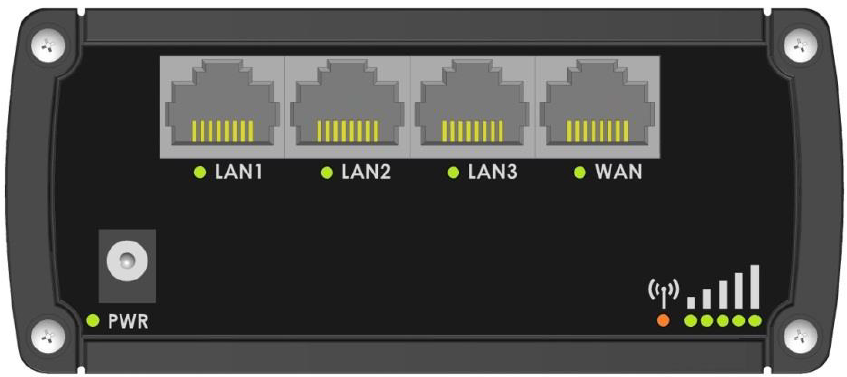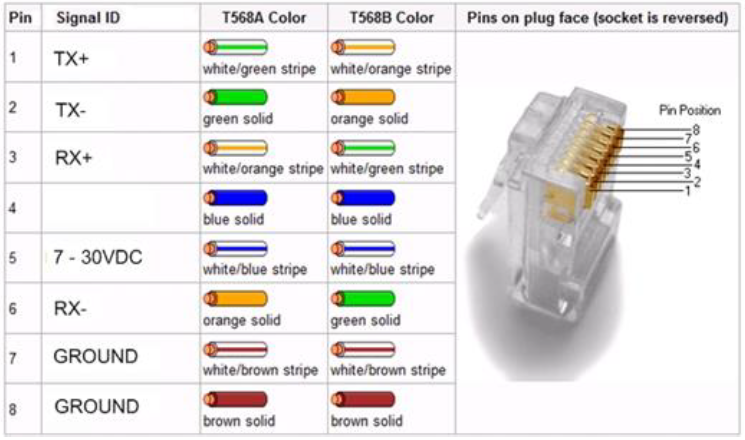RUT950 Powering Options: Difference between revisions
(Created page with "RUT950 routers can be powered from a power socket or over an Ethernet port. Depending on your network architecture you can use the LAN1 port to power the device. ImagePower...") |
No edit summary |
||
| Line 1: | Line 1: | ||
RUT950 routers can be powered from a power socket or over an Ethernet port. Depending on your network architecture you can use the LAN1 port to power the device. | RUT950 routers can be powered from a power socket or over an Ethernet port. Depending on your network architecture you can use the LAN1 port to power the device. | ||
[[ | [[Image:Powering options rut950.PNG]] | ||
RUT955 routers can also be powered from a power socket and over Ethernet simultaneously. The power socket has higher priority meaning that the device will draw power from the power socket as long as it is available. | RUT955 routers can also be powered from a power socket and over Ethernet simultaneously. The power socket has higher priority meaning that the device will draw power from the power socket as long as it is available. | ||
Revision as of 12:45, 17 November 2017
Main Page > EOL Products > RUT950 > RUT950 Manual > RUT950 Powering OptionsRUT950 routers can be powered from a power socket or over an Ethernet port. Depending on your network architecture you can use the LAN1 port to power the device.
RUT955 routers can also be powered from a power socket and over Ethernet simultaneously. The power socket has higher priority meaning that the device will draw power from the power socket as long as it is available.
When a RUT955 device is switching from one power source to another it loses power for a fraction of a second and may reboot. The device will function correctly after the reboot.
Though the device can be powered over an Ethernet port it is not compliant with the IEEE 802.3af-2003 standard. Powering a RUT955 device from a IEEE 802.3af-2003 power supply will damage the device as it is not rated for input voltages of the PoE standard.


